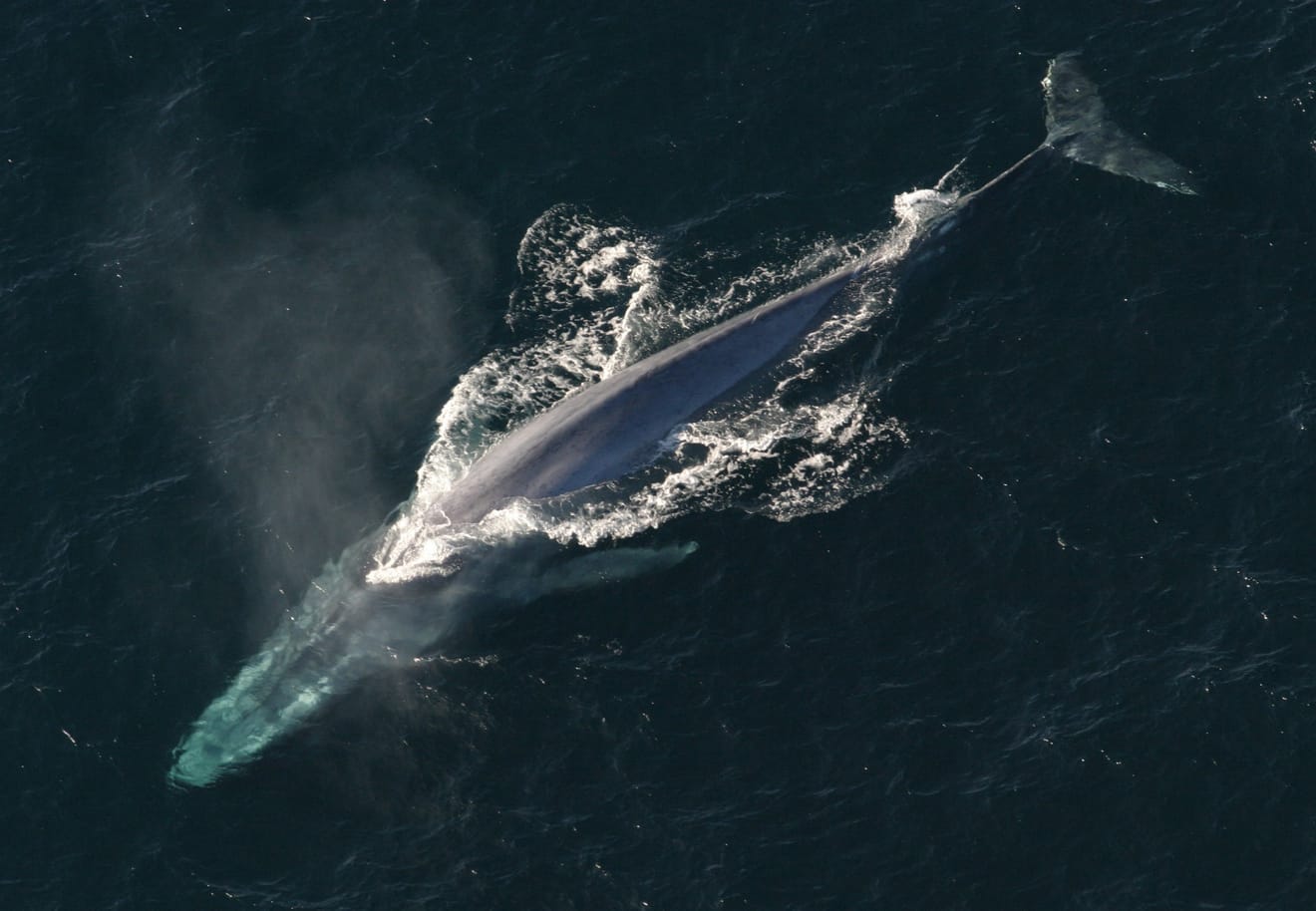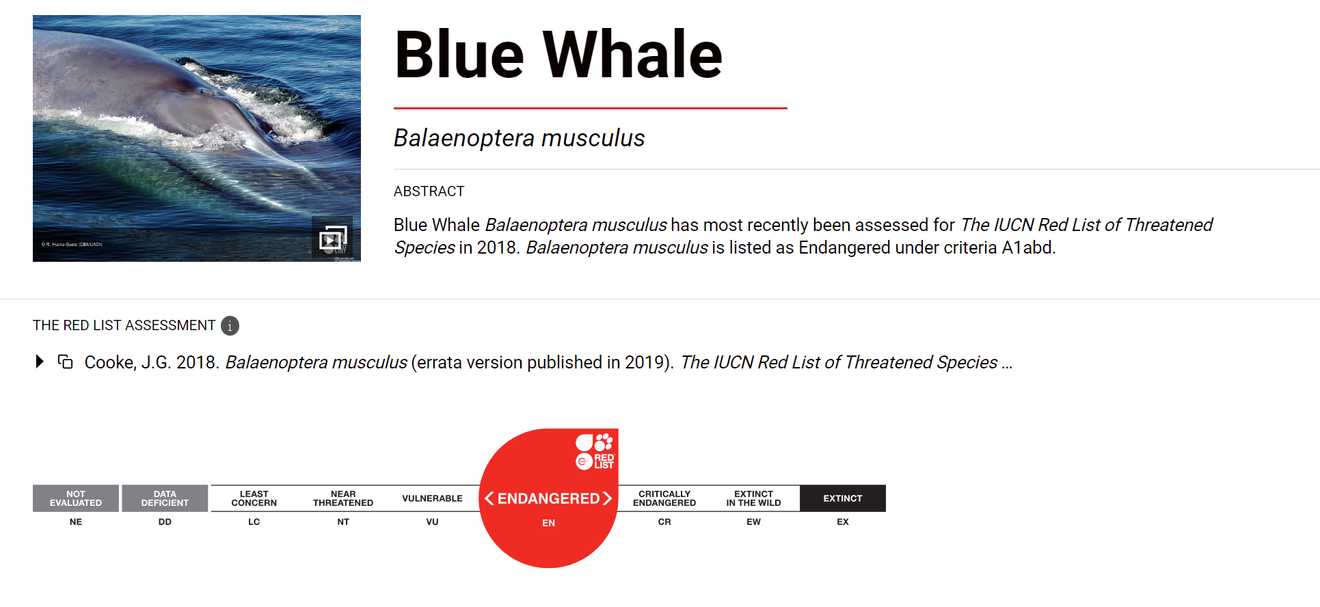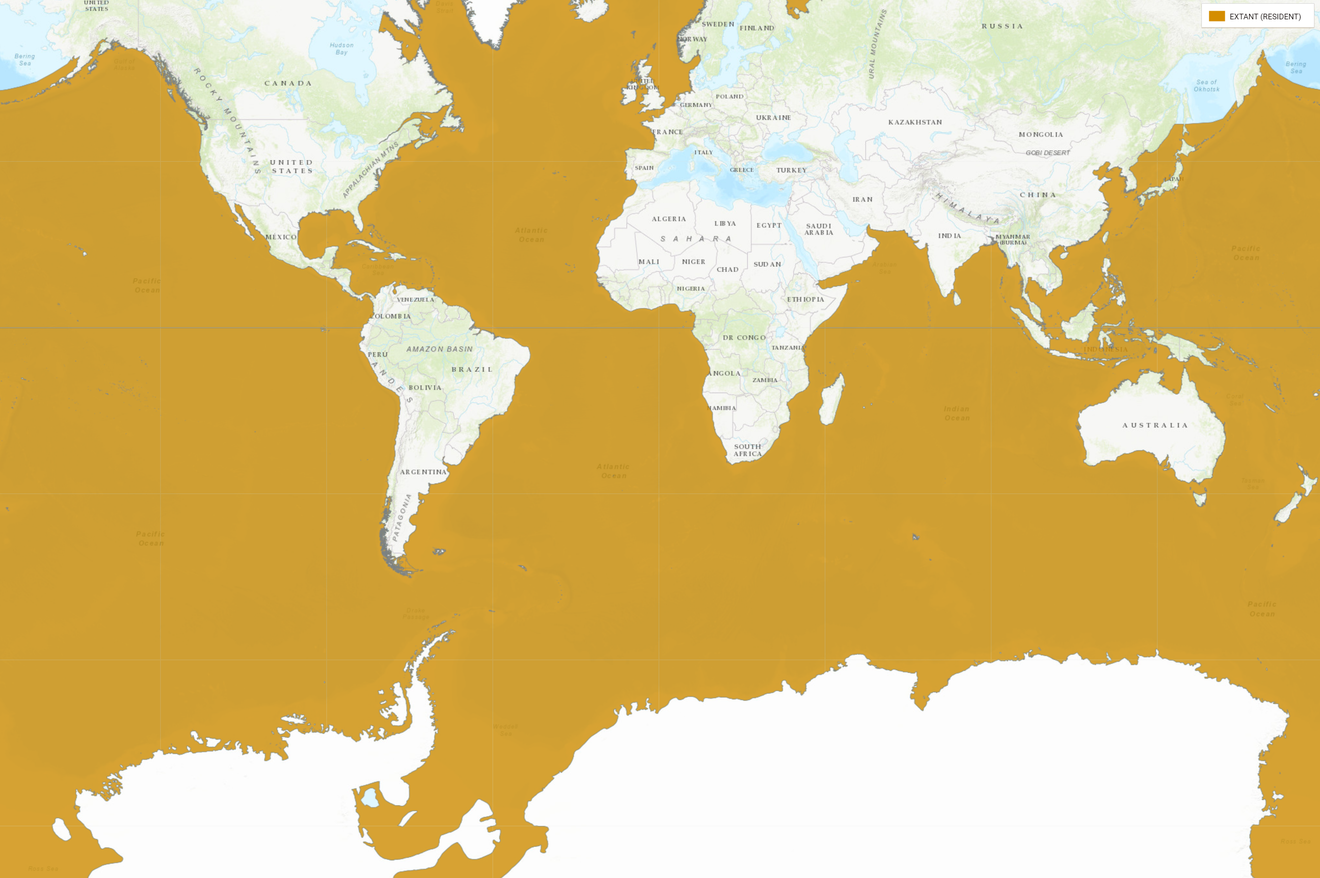Subject
- #Endangered Species
- #Blue Whale
- #Marine Life
- #Endangered Whales
- #Balaenoptera musculus
Created: 2024-02-07
Created: 2024-02-07 11:33
Do you know what the largest animal on Earth is? It's the blue whale.

By NOAA Photo Library - anim1754, Public Domain, https://commons.wikimedia.org/w/index.php?curid=17942391
Reaching a length of about 24 meters, the blue whale is also called the ‘rorqual’ due to its massive size. Weighing approximately 160 tons, it is considered the heaviest animal currently existing and throughout history. Despite its enormous size, the blue whale feeds on tiny krill. Naturally, due to its size, it consumes about 3,500 kg of krill daily.

IUCN
The blue whale is currently listed as endangered (EN) on the International Union for Conservation of Nature (IUCN) Red List of Threatened Species. It is estimated that only 5,000 to 15,000 remain worldwide.
When examining the reasons behind the endangerment of many endangered species, illegal hunting by humans is a common factor. In many cases, populations decline due to indiscriminate hunting. In the case of the blue whale, its massive size might lead one to believe it's safe from hunting… but humans are capable of both good and bad deeds. In the 20th century, as marine transportation advanced and hunting techniques evolved, many blue whales were overfished, leading to their current endangered status. In the 1930s, when knowledge of animal and environmental protection was lacking, it's reported that as many as 30,000 blue whales were caught annually.

IUCN
As the habitat map above shows, blue whales inhabit nearly every ocean. Therefore, international cooperation is essential for their conservation. Earlier, we discussed how blue whales became endangered due to indiscriminate hunting. To combat this illegal hunting, the International Whaling Commission stepped in to protect them, and thankfully, their population is currently on the rise.

IUCN
While whaling can be stopped through laws and regulations, a larger problem is marine pollution, which is difficult to control with human intervention. Since the blue whale's habitat is the entire ocean, protecting the marine ecosystem is crucial for the future conservation of the species. Currently, the protected ocean area for blue whales and other marine life covers approximately 400,000 square kilometers. While this is a vast area, it only accounts for about one-ninth of the entire ocean.
Various whales with their enormous bodies also function as carbon sinks. They are essentially natural carbon capture systems on a massive scale. The largest of them all, the blue whale, also captures a tremendous amount of carbon, positively impacting the marine ecosystem. We hope that the blue whale will continue to safeguard the marine ecosystem for years to come.
Comments0